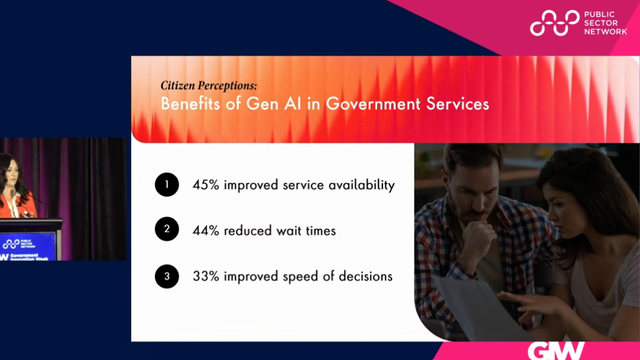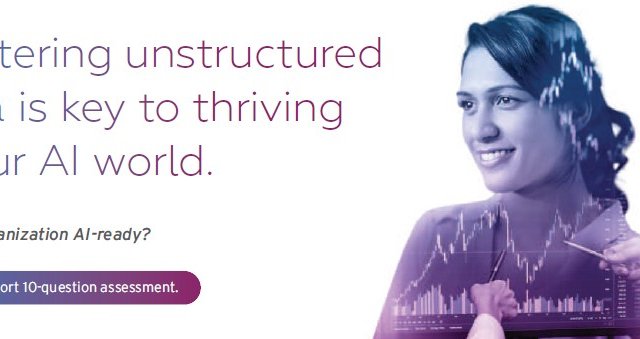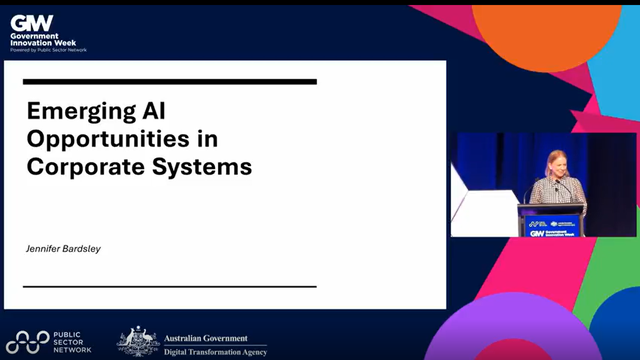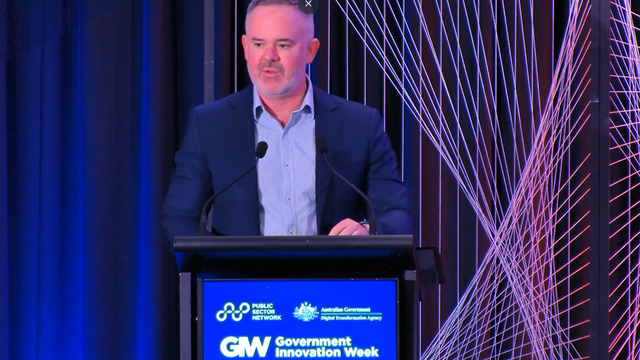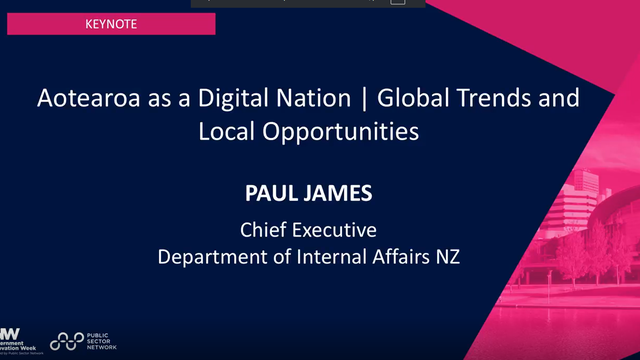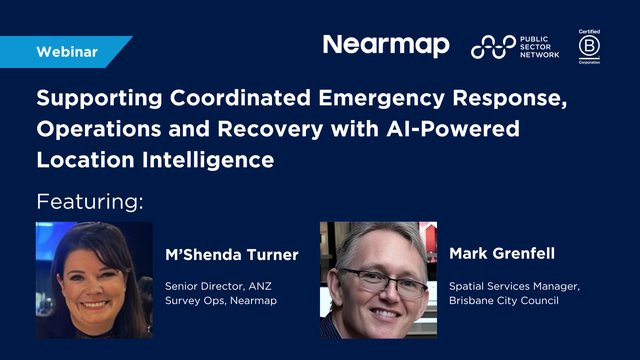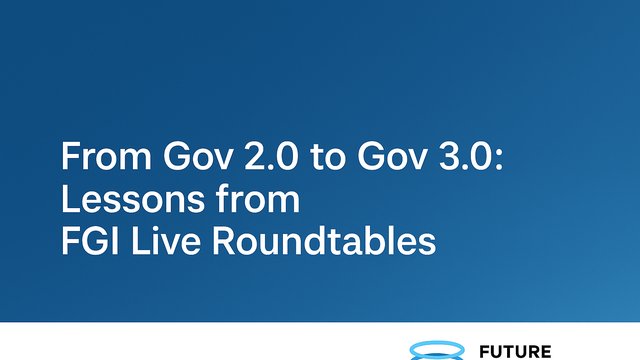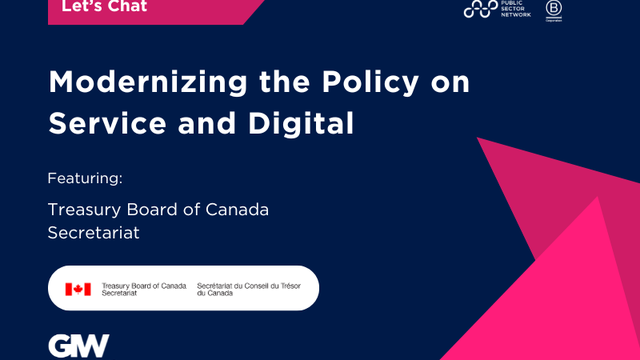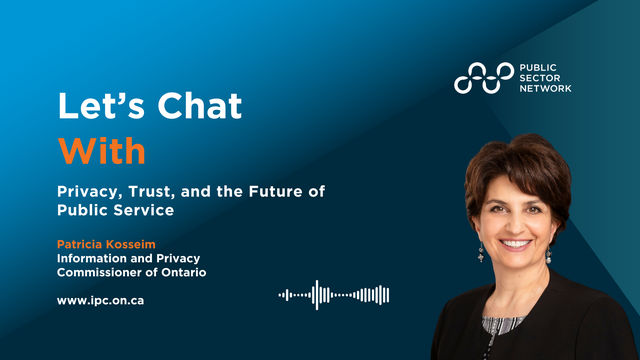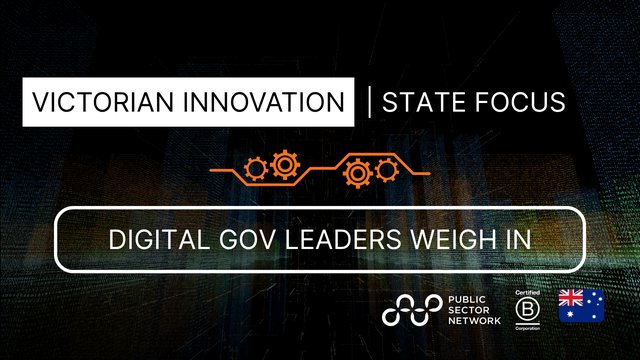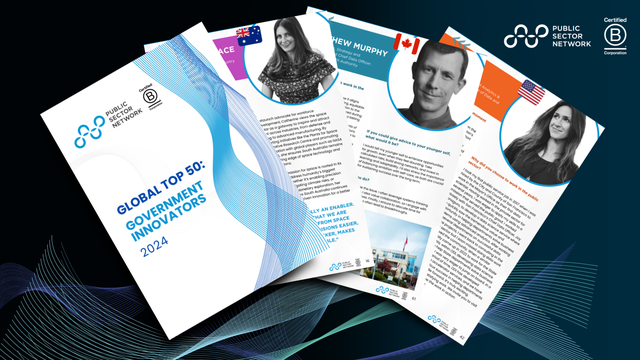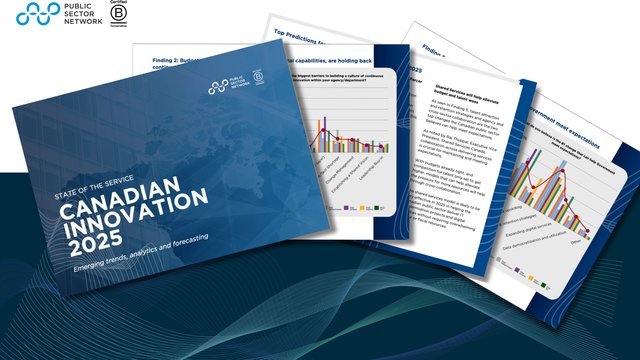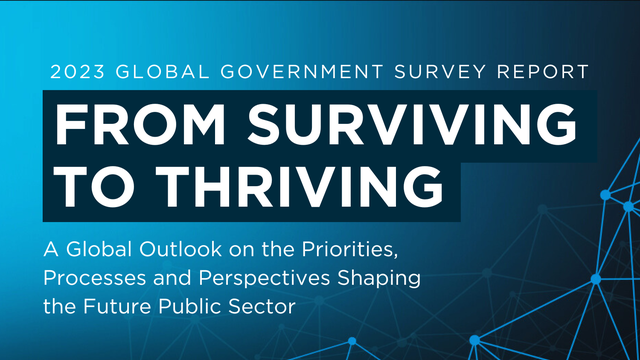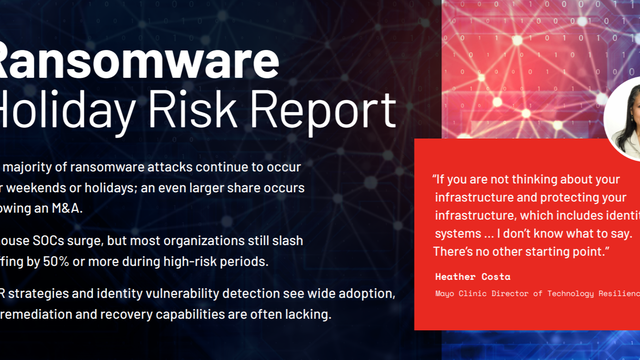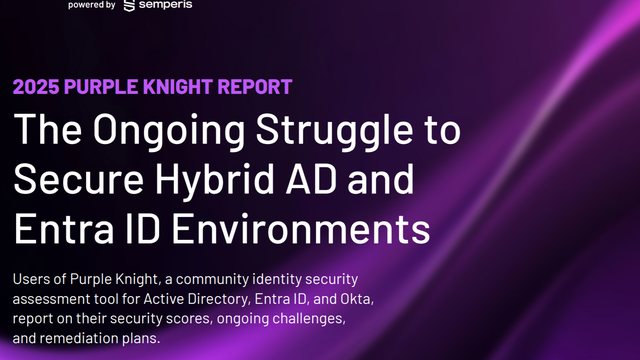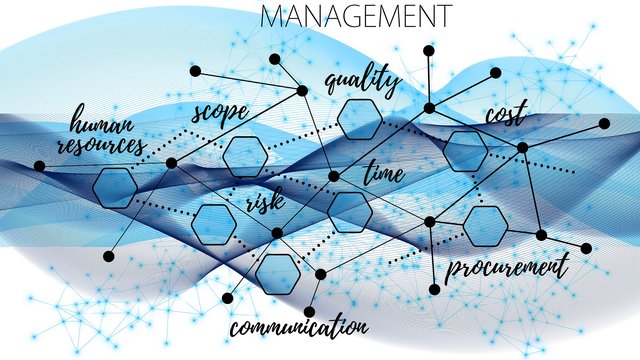

Ask someone to describe a successful analytics project, and you will often hear about the big moments: the new dashboard everyone talks about, the splashy launch, or the project labelled as transformational. These projects draw attention because they are visible.
But in my experience, especially in the public sector, the true test of success in workforce reporting is much quieter and far more practical. Success is when the right information reaches the right people at the right time so they can take the right action. It is when a leader or an HR advisor can quickly see what is happening, trust what they see, and confidently decide what to do next without confusion or unnecessary delay.
Quiet success looks like a dashboard that works every time. It looks like metrics that mean the same thing, no matter who reads it. It is a meeting that stays focused on what needs to be done rather than whether the data can be trusted.
These quiet wins do not grab headlines, but they build trust, save time, and keep everyone focused on solutions rather than problems hidden in the numbers.
Reliable information always comes first
Working in government means dealing with tight budgets, competing priorities and many levels of accountability. In that environment, a reporting tool is not successful if it appears effective for a month but fails when something changes. It is a success if it quietly works tomorrow, next quarter and next year, providing information that helps people act confidently.
When I look at the dashboards my team has built, the ones I am most proud of are not the fanciest. They are the ones that an HR advisor can pull up when a frontline leader calls about staffing. They are the ones that provide consistent answers, regardless of who logs in. They help people focus on what needs to change rather than whether the data might be incorrect.
These quiet, dependable tools clear the way for decisions and actions that matter. When a sudden staffing gap or unexpected leave spike occurs, people can use trusted information to respond quickly rather than wasting time questioning the figures.
The hidden work behind trustworthy reporting
Good data looks simple because the hard work sits behind the scenes. Quiet success relies on disciplined processes, agreed-upon definitions, and clear accountability for maintaining up-to-date information.
In my team, we adhere to a simple idea: it's about the process, not the person. We build reports and dashboards that do not rely on a single analyst to remember how something was done. We document the logic and agree on definitions upfront to ensure clarity. We check that if someone is away, the work does not stop, and the output does not change unexpectedly.
This approach does not garner awards, but it means that when people need information to make a decision, they know they can trust it. The hard work in the background makes the path to action clearer.
More information is not always better
Quiet success also means knowing when reporting creates noise instead of clarity. Too much information can overwhelm decision-makers and stall action.
I have seen well-meaning projects add new metrics, extra dashboards, and constant insight packs that do little more than clutter inboxes. If people see too many numbers with no clear story, they tune out. Or worse, they select a number that suits their argument rather than understanding the whole picture.
To keep reporting useful, I ask two simple questions:
- Is this easy to understand for the person who needs it?
- Does it make it easier to act on what they already know or reveal something they would not have seen otherwise?
If the answer to both is no, the report is adding noise, not value. Quiet success means stripping out clutter and highlighting the few insights that help people move forward.
Trust is the best outcome
When people analytics works well, no one congratulates the report itself. The credit shows up elsewhere: in a staffing decision that happens more quickly, in a conversation that moves straight to solutions, and in an action that prevents a problem from escalating.
I used to think it was a problem if people overlooked the reporting behind their decisions. Now, I see it as the best sign of success. Sometimes, long after a dashboard goes live, I hear someone say, "That data really helped us decide how to handle this issue." Or I see a pattern confirmed on the ground that we spotted months earlier.
Those moments prove the quiet systems are doing what they are meant to do: not just reporting for the sake of it but supporting decisions that make a real difference for people.
Quiet wins, lasting impact
In people analytics, we often celebrate big launches and new ideas, but the real value shows up in the everyday work that runs smoothly without fuss. A reliable dashboard or clear measure frees leaders to focus on culture, wellbeing and capability instead of debating numbers. When the basics can be trusted, people have the headspace to tackle the more challenging issues that genuinely matter. After years spent behind the scenes, refining the data, I have learned that true success is not about fanfare but about quietly helping people make better decisions long after the excitement fades. These quiet wins deserve more recognition because they build trust, cut through the noise, and keep teams moving in the right direction. Exactly what good reporting should do.






